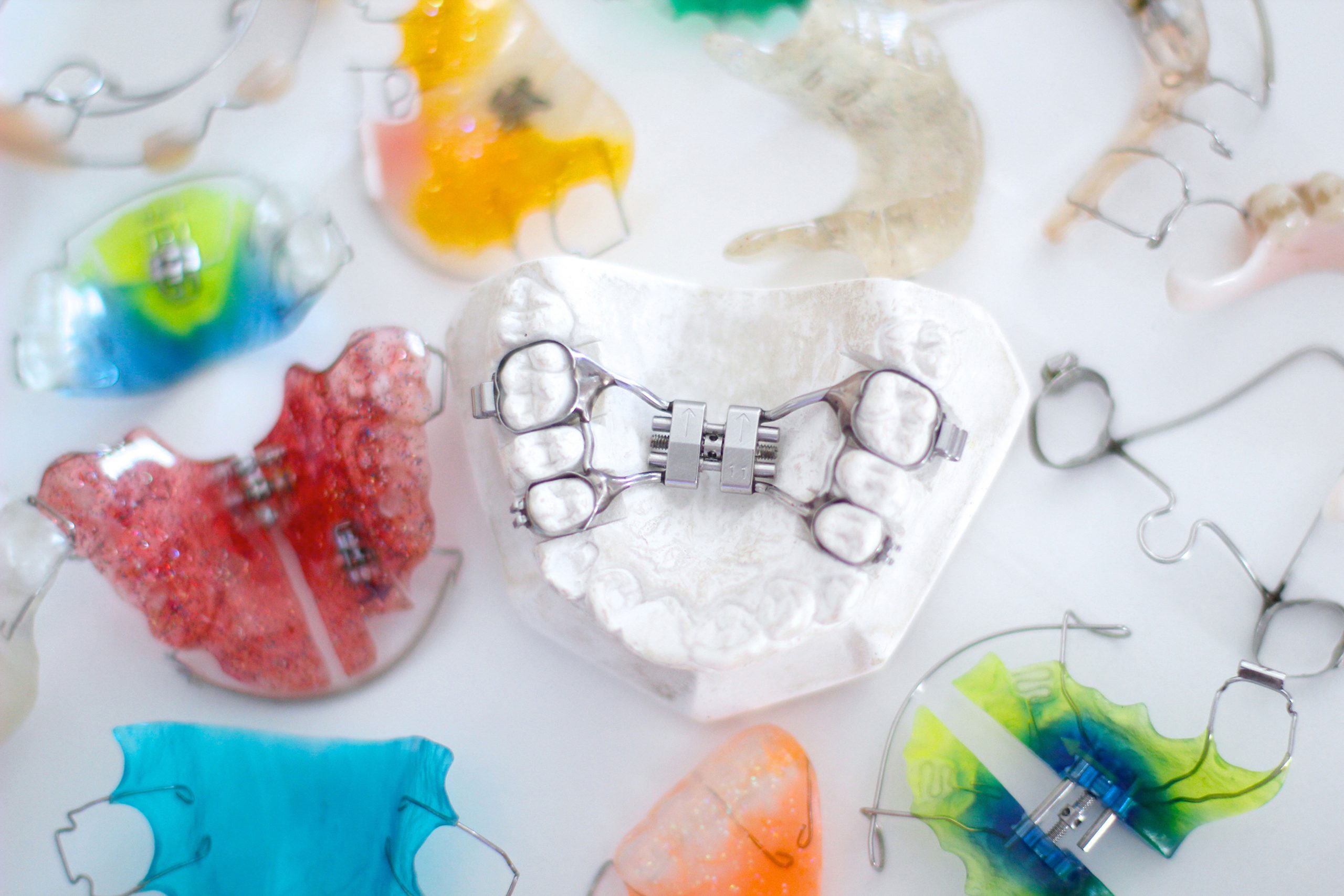Oral Appliance Therapy & Sleep Apnea Treatment
There are two distinct types of sleep apnea: Central Sleep Apnea and Obstructive Sleep Apnea. Central Sleep Apnea occurs when your brain fails to send the correct signals to your body to initiate continued breathing patterns. Patients with this type of sleep apnea usually suffer from a health condition that affects brain-to-muscle communication.
Obstructive Sleep Apnea is the most common type of sleep apnea; in fact, about 629,000 people in B.C. suffer from it. Obstructive sleep apnea occurs when the upper part of the airway becomes obstructed (blocked), resulting in a reduction or stoppage of airflow.
The blockage has various causes, from hormone levels to obesity, to sizable tonsils and more.
Whatever the reason for the sleep apnea, the health risks are the same; daytime drowsiness, headaches, concentration issues, high blood pressure and increased risk of heart attack and stroke.
While poor sleep quality and cardiovascular risks seem pretty daunting, there is good news there is a tried, tested and true solution to aid those living with Obstructive Sleep Apnea.
Oral Appliance Therapy is a treatment plan that features the creation of a custom-fit oral appliance inside your mouth to help maintain an open airway and continue airflow.
Different Types of Oral Appliances
While not all patients and sleep apnea conditions are exactly the same, neither are the oral device solutions available. While all have the same end goal in sight, they function differently to achieve it.
There are two devices used for adults and a third used for children who suffer from obstructive sleep apnea.
Mandibular Advancement Device (MAD)
This oral appliance is like a sleep apnea mouth guard. It connects with the top and bottom teeth in order to move the mandible (the lower part of the jaw) and the base of the tongue forward to help open the upper airway. It is a removable oral device that is inserted before bed and removed upon waking.
MADs come in various colours, shapes, and sizes, with the option to purchase a stock piece or have one custom-made to fit the specifics of your mouth. Wearing a MAD helps reduce the frequency of interruptions to breathing while decreasing snoring and daytime drowsiness.
It is important to note that these are not designed to monitor patient signs and symptoms like a CPAP machine, but rather improve symptoms and sleep.
Tongue-Stabilizing Device (TSD)
The tongue-stabilizing device, or tongue-retaining device, is another removable device that suctions the tongue forward with the tip of the tongue housed in a plastic bulb sticking out through the lips.
This pulls the tongue forward and prevents the base of the tongue from obstructing the upper airway, improving airflow. These can also be purchased from stock or customized to fit your mouth.
While having a second option is great, most patients prefer the MAD over the TSD.
Rapid Maxillary Expansion (RME)
The RME is an orthodontic device for children that helps open the airway by actually expanding the mouth of the child. Unlike the aforementioned devices, this is not to be inserted and removed but rather worn continuously with the hopes of permanently altering the shape of the palate to improve airflow.
This procedure may be combined with surgical interventions like tonsil and adenoid removal for maximum effectiveness.
Benefits of Oral Appliances
Of course, the greatest benefit seen with our oral devices is their effectiveness with improved airflow and sleep quality, but some other advantages to our devices include:
- Comfort: the customized fit is comfortable and easy to wear
- Quiet: it will not disturb your partner’s sleep with any noise interference
- Low maintenance: there is no major upkeep or continuous costs
- Convenience: go anywhere– enjoy their portability and travel-friendly nature
Risks Of Oral Appliance Therapy
When evaluating the risks versus rewards associated with oral appliances for sleep apnea, the risks are low, and the benefits are well.
The devices effectively treat Obstructive Sleep Apnea with some mild side effects. These include the production of excessive saliva, or in opposition, dry mouth and/or gums, tooth or jaw pain, and more notably, changes in jaw and teeth alignment. A dentist can follow your progress and make necessary changes to combat larger issues.
Choose Our Clinic for Oral Appliance Therapy in Vancouver
If your doctor has told you you’re a candidate for a sleep apnea dental appliance or believe you may be suffering from Obstructive Sleep Apnea and wish to get more information, please call our Lonsdale team and ask about our sleep works options.
Our modern North Vancouver dental clinic has the solution to your poor sleep while offering free parking, multilingual staff, direct billing, treatment plans, and a friendly and compassionate team ready to help.
Contact Bayview Lonsdale Dentist to book a consultation or evaluation today.

Oral Appliance Therapy FAQs
What is obstructive sleep apnea (OSA)?
How do I know if I have obstructive sleep apnea?
- Snore loudly and excessively
- Wake up choking or gasping for air
- Experience excessive daytime sleepiness
If these sound familiar, ask about our sleep works treatment solutions.



